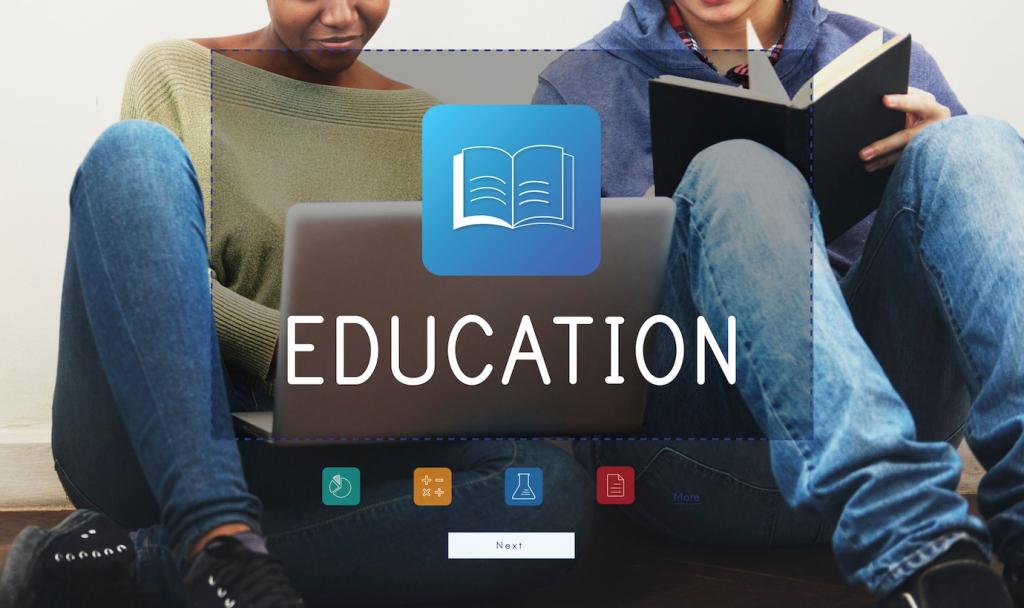Selecting the Right Media for Each Concept
Use static images for stable structures and clear comparison; reserve animation for processes, cycles, and transformations. A single well-labeled cross-section can beat an overproduced video, while a subtle motion graphic can reveal phases that text can only describe.
Selecting the Right Media for Each Concept
Audio narration can humanize complex topics, but silence can be strategic. A crisp voiceover guiding attention through a diagram works wonders, provided transcripts, captions, and playback controls respect accessibility and different learning preferences.





